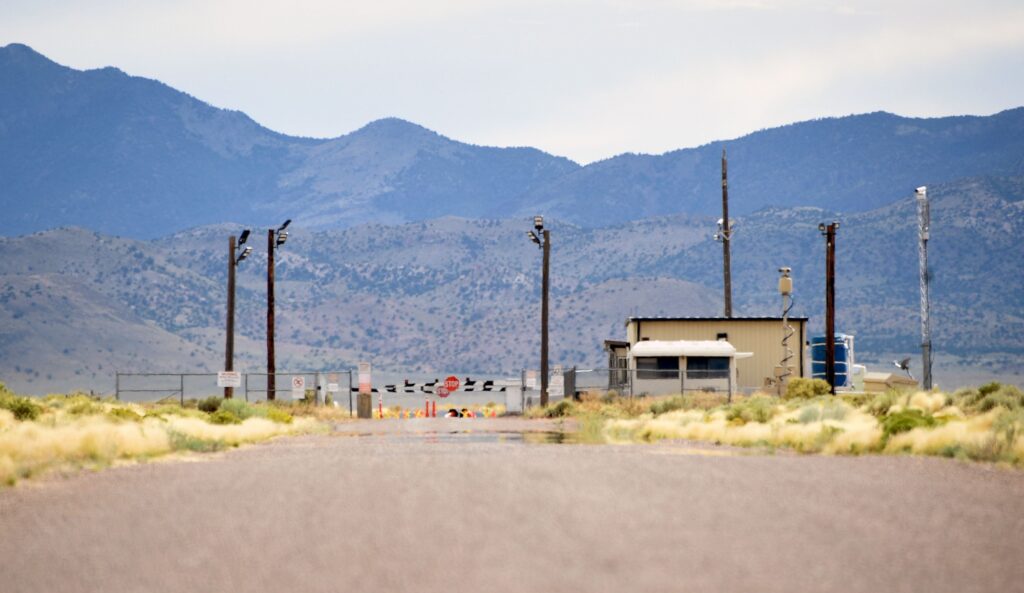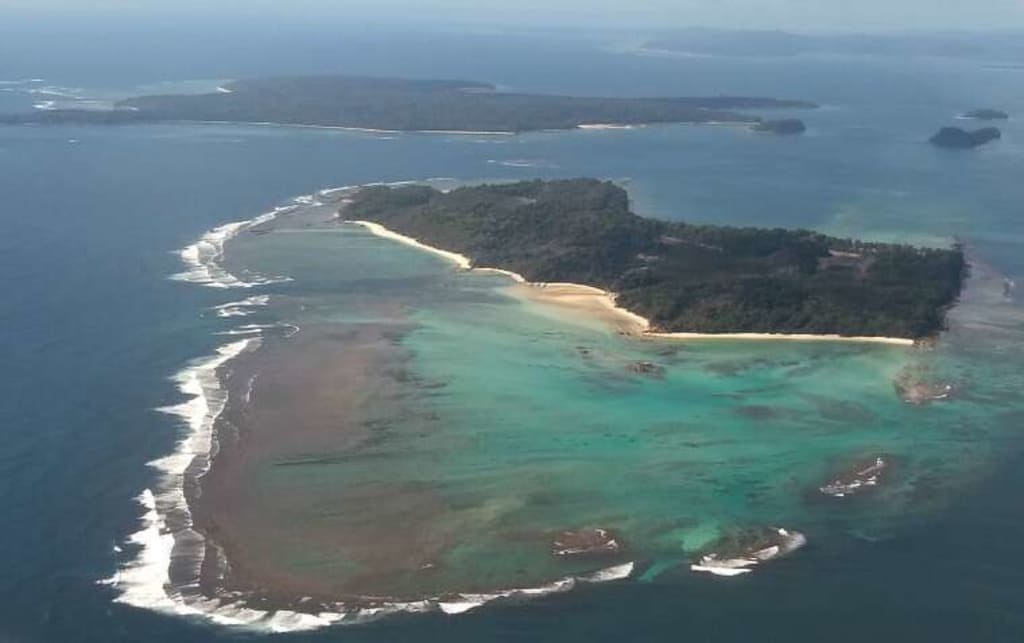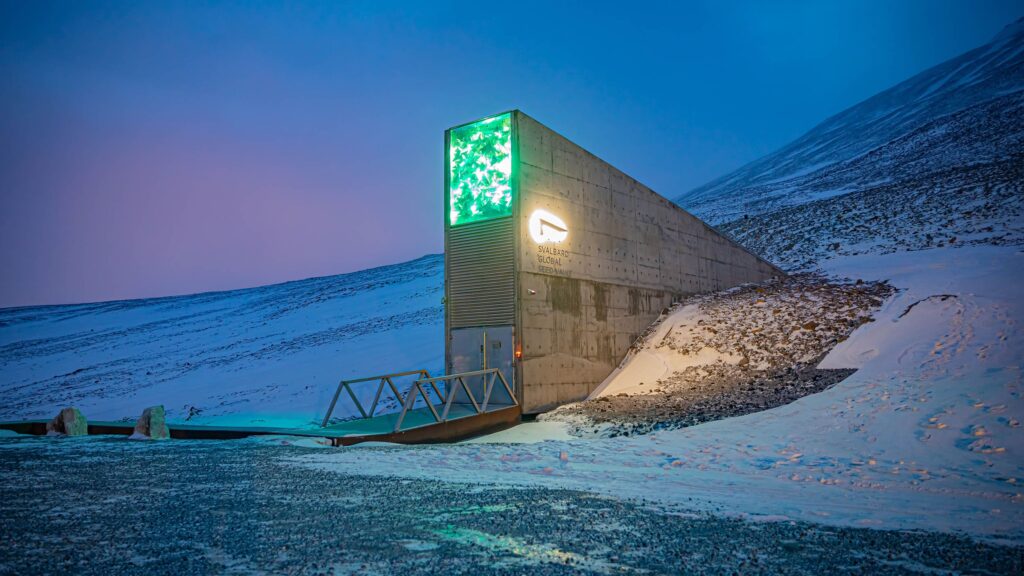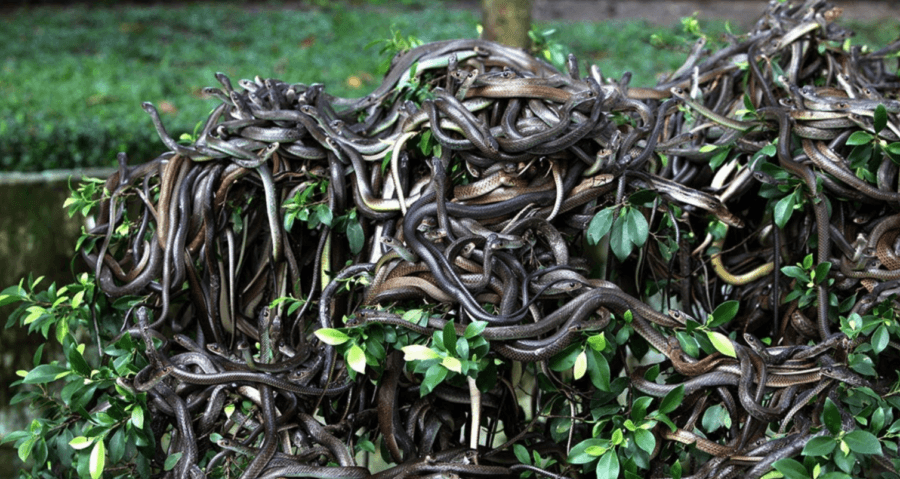Human curiosity has always been piqued by the forbidden, the mysterious, and the off-limits. Throughout history, there have been places shrouded in secrecy, off-limits to the general public for a variety of reasons. From sites of natural beauty to heavily guarded military installations, these forbidden places captivate the imagination and fuel our desire to uncover the unknown. Here, we embark on a journey to explore some of the world’s most intriguing forbidden locations, shedding light on their mysteries and the reasons behind their restricted access.
Area 51, Nevada, USA

Nestled within the vast expanse of the Nevada desert, Area 51 has captivated the imaginations of conspiracy theorists, UFO enthusiasts, and curious minds worldwide. Renowned for its secretive nature and classified operations, this remote military installation has become synonymous with intrigue, speculation, and urban legends. Despite recent acknowledgment by the U.S. government, Area 51 remains shrouded in mystery, with its true purpose and activities veiled behind layers of secrecy and restricted access.
Located approximately 83 miles northwest of Las Vegas, Area 51 is situated within the expansive Nevada Test and Training Range, a sprawling military complex covering over 4,600 square miles of restricted airspace and rugged terrain. Established in the early 1950s by the Central Intelligence Agency (CIA), Area 51 served as a testing ground for experimental aircraft and reconnaissance technology during the Cold War era.
North Sentinel Island, Andaman Islands, India

Situated within the Andaman Islands of India, North Sentinel Island boasts remarkable natural beauty and holds significant cultural value. However, it stands as one of the world’s most restricted areas, primarily due to its inhabitants, the indigenous tribe known as the Sentinelese. The island is strictly prohibited to outsiders, and any attempt to approach its shores is met with extreme hostility from the Sentinelese.
The Sentinelese people are among the last uncontacted tribes globally, leading a life of near-complete isolation from modern society. Their unwavering defense of their homeland and aggressive response to external intrusions have rendered any efforts at contact or exploration perilous and often fatal.
To safeguard the integrity of the Sentinelese culture and ensure the safety of both the tribe and outsiders, the Indian government has implemented stringent regulations forbidding unauthorized visits to North Sentinel Island. This prohibition serves multiple objectives, including the preservation of cultural heritage and the prevention of potential harm to individuals attempting to breach the island’s restrictions.
Svalbard Global Seed Vault, Norway

Located on the Norwegian island of Spitsbergen, within the Arctic Circle, the Svalbard Global Seed Vault stands as a remarkable testament to the preservation of biodiversity and global food security. Often dubbed the “Doomsday Vault,” it functions as a secure depository for seeds from across the globe, shielding genetic diversity against the perils of climate change, natural calamities, and other catastrophic occurrences.
Positioned in the permafrost of the remote Arctic region, the seed vault benefits from natural refrigeration, maintaining a consistently low temperature that is ideal for seed preservation. Its architectural design guarantees that even in the event of a power outage, the seeds remain frozen and viable for an extended duration, serving as a fail-safe mechanism for safeguarding the world’s agricultural legacy.
Under the stewardship of the Norwegian government, in collaboration with the Global Crop Diversity Trust and the Nordic Genetic Resource Center, the seed vault houses duplicate samples of seeds sourced from gene banks worldwide. This redundancy ensures that in the event of loss or damage to seeds in their original repositories, backups are readily available to mitigate against biodiversity depletion.
Vatican Secret Archives, Vatican City

Located within the confines of Vatican City, the Vatican Secret Archives stand as a mysterious repository of historical documents and manuscripts that have captivated scholars, historians, and the curious for centuries. Despite its name, the archives’ intrigue stems not from secrecy itself, but rather from the limited access granted to the general public, creating an air of mystique and fascination surrounding its contents.
Established by Pope Paul V in the early 17th century, the Vatican Secret Archives house an extensive assortment of papal correspondence, official documents, diplomatic records, and historical manuscripts dating back to the 8th century. Encompassing over 12 centuries of history, the archives provide invaluable insights into the workings of the Catholic Church, its global influence, and the evolution of Western civilization.
Access to the Vatican Secret Archives is tightly controlled, with permission to examine its treasures reserved exclusively for qualified researchers, academics, and scholars who can demonstrate a genuine need to access specific documents. The stringent vetting process ensures the archives’ integrity while facilitating scholarly inquiry and exploration into its vast holdings.
Snake Island, Brazil

Situated off the coast of Brazil, Snake Island, formally referred to as Ilha da Queimada Grande, commands attention as one of the world’s most intriguing yet perilous destinations. This uninhabited island has gained notoriety for its exceptionally dense population of venomous snakes, notably the Golden Lancehead Viper, renowned as one of the planet’s deadliest serpents.
The Golden Lancehead Viper, exclusive to Snake Island, possesses venom of such potency that it can dissolve human tissue, rendering any encounter with these reptiles potentially fatal. Given the island’s remote location and the inherent danger posed by its inhabitants, the Brazilian government strictly prohibits access to Snake Island. Entry is granted solely to a select cadre of researchers and scientists for approved scientific endeavors.
The preservation of Snake Island’s ecosystem and safeguarding its distinctive wildlife rank as paramount objectives motivating the stringent access regulations. Despite its forbidding reputation, the island remains a focal point of scientific curiosity and exploration, offering invaluable insights into the intricate dynamics of nature and the resilience of species in extreme habitats.
These forbidden places embody merely a fraction of the world’s concealed marvels, each harboring its own narrative, allure, and mystique. While the rationales behind their restricted access may differ, they persist in intriguing and captivating adventurers and explorers, beckoning us to unveil their secrets and unearth the truths concealed within their forbidden confines.